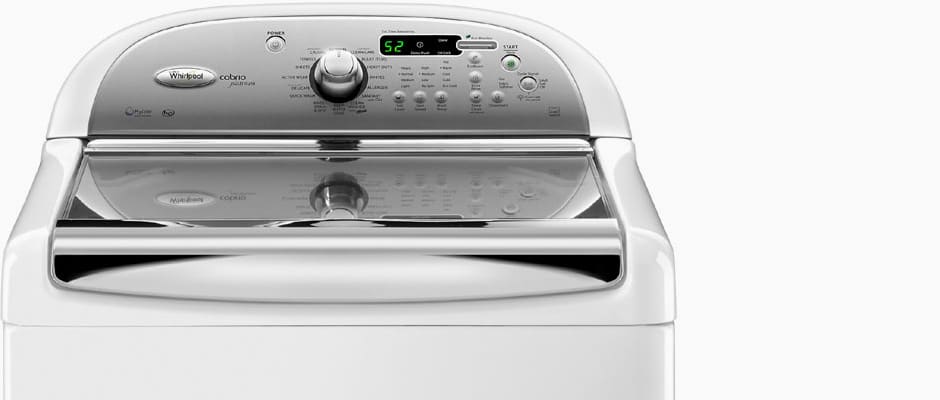Pros
Cons
Introduction
Even if you can find the Cabrio Platinum on sale for around $860, other washers do a better job washing clothes with the same amount of features at the same price. The Cabrio Platinum isn't a bad washer, but it doesn't offer buyers any compelling reason to purchase it over the multitudes of other machines out there.
Front
{{section_header}}{{section.name}}{{/section_header}}

Controls
{{section_header}}{{section.name}}{{/section_header}}
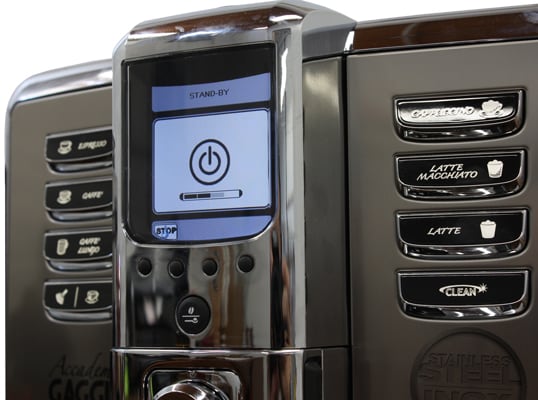
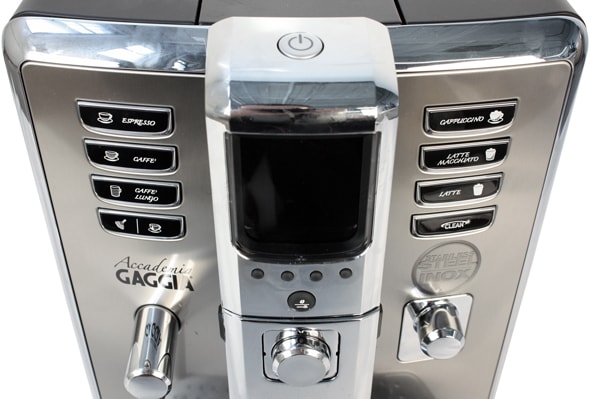
Drawer
{{section_header}}{{section.name}}{{/section_header}}
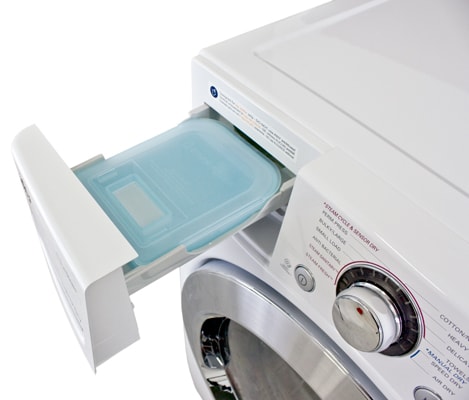
Interior
{{section_header}}{{section.name}}{{/section_header}}
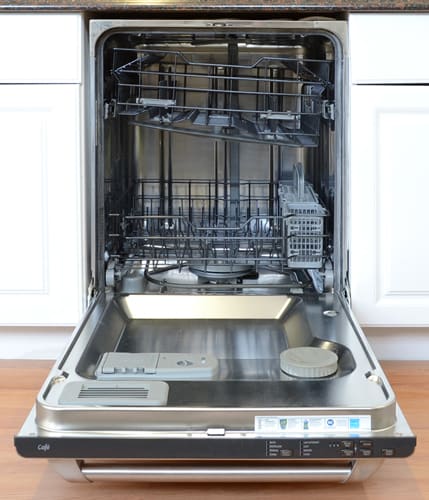
The interior of the CDWT980VSS.
Sides
{{section_header}}{{section.name}}{{/section_header}}

Olympus SZ-31MR iHS side views
Back
{{section_header}}{{section.name}}{{/section_header}}
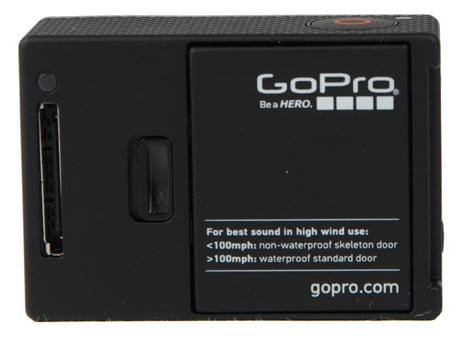
Electricity Use
{{section_header}}{{section.name}}{{/section_header}}
Even cycles that use a built-in water heater — like Sanitize — don't use very much electricity. Turning on the Deep Clean With Heater function only added about five cents worth of electricity to the total cost of a wash.
{{ attachments(511c3844ee18a59e060001d1)
Water Use
{{section_header}}{{section.name}}{{/section_header}}
As long as you stick to the basic cycles, the {{product.model}} will use between 15 and 30 gallons of water per wash. The Bulky cycle — which adds a soak to the wash — uses a whopping 43 gallons of water.
Cost Per Wash
{{section_header}}{{section.name}}{{/section_header}}
The cycles you'll be using every day — normal, quick, heavy duty, delicates — cost between 11 and 13 cents per wash. That's quite reasonable. Only if you get into the specialty cycles will you see costs increase to as much as 30 cents per wash. Strangely, the Whites cycle costs about 26 cents per wash to run, which is more than it costs on most other washers we've tested.
Yearly Running Cost
{{section_header}}{{section.name}}{{/section_header}}
Depending on how close your energy and water costs are to national averages, the cost to operate a {{product.model}} is a little over $51 per year. That's about $10 less than many other top loaders we've tested, but still about $20 a year more than most front loading washers.
{{ attachments(511c3926ca9c46217600016d)
Washing Speed
{{section_header}}{{section.name}}{{/section_header}}
{{ attachments(511c38ed4f8efbd09b0001af)
Washing Peformance
{{ attachments(511c38043da9236f170001c2)
Normal/Permanent Press Cycle
After our scientific tests, the Cabrio’s Normal cycle failed to impress. It had trouble removing oil and blood stains from our standardized stain strips, and it also only got out about a quarter of the dirt we added during the debris removal test. We’ve tested many other washers that perform much better than this one on such a commonly used cycle.
{{ attachments(511c3edf38c5bb20890001a9)
Cotton/Whites Cycle
The thirsty, 26 gallons per wash Whites cycle did a good job getting out most stains, with the exception of body oils. If you’ve got ring around the collar, this washer isn’t going to help you.
{{ attachments(511c3735f1b9bc34e000024d)
Delicates Cycle
This is one of the worst cycles we’ve ever tested. The standardized strips we use to test stain removal emerged from our test loads looking much the same as they had before we put them in, only wetter. Generally speaking, this cycle did a good job preventing clothes wear, but a few of the wear strips we use for testing ended up extremely frayed as if they hadn’t been protected from the washer’s agitation.
{{ attachments(511c37515b0c6d2694000195)
Heavy Duty Cycle
The Heavy Duty cycle on the Cabrio Platinum WTW8800YW was anything but, failing to remove oil and blood stains during a 71 minute wash cycle. Other washers we’ve tested have no problems with these stains on the Heavy Duty cycle.
{{ attachments(511c37d23da923408b00024c)
Quick Wash Cycle
The 33 minute Quick Wash lived up to its name, though it hardly got clothes clean. Oil, blood and red wine remained on the stain strip, looking like they hadn’t been touched by the washer’s cleaning action. We’d recommend this cycle on this washer only for those looking to refresh already clean clothes.
{{ attachments(511c37ec408f42f57300024a)
Dirt Removal
On the Quick Wash and Normal cycles, the Cabrio Platinum WTW8800YW got out a little more than 20 percent of the 25 grams of dirt we added to each standardized load, which is far from impressive. On the Heavy Duty cycle, the washer did a better job and nearly half of the dirt ended up in the filter we attached to the end of the Cabrio Platinum WTW8800YW’s drain hose.
{{ attachments(511c37975989fb4ea400018d)
Clothes Wear
To test clothes damage, we run standardized strips of a fragile fabric through a wash and count the number of loose threads. The Cabrio Platinum WTW8800YW’s cycles resulted in uneven clothes wear during cycles, a sign that some items ended up “trapped” close to the moving wash plate on the bottom of the drum, while others avoided agitation altogether. That’s not an encouraging sign if you’re looking for evenly clean clothes.
Water Retention
When a washer fails to spin water out of a load of laundry, there’s an increased chance the clothes will end up smelling musty, and there’s a guarantee the dryer will have to work harder to get clothes dry. The Cabrio Platinum WTW8800YW spun out about half of the water it added to loads of laundry on most cycles, though it only managed to remove 20 percent on the delicates cycle. That’s about average performance.
{{ attachments(511c393e5b0c6d329f0001cf)
Washing Cycles
{{section_header}}{{section.name}}{{/section_header}}
As you can see, the {{product.model}} offers a ton of cycles. A few surprises: the Sanitize cycle only got up to around 120 degrees, which is lower than the 155 degrees recommended for killing most germs. Also, the Sheets cycle was remarkably similar to the Towels cycle.
{{ attachments(511c38ed4f8efbd09b0001af)
Customization
{{section_header}}{{section.name}}{{/section_header}}
Cycles can be adjusted for spin speed, temperature and soil level. There's no option to create a custom cycle and save it as a preset, which is an unusual omission in this price range.

Additional Wash Options
{{section_header}}{{section.name}}{{/section_header}}
Several options can be added to existing washes. There's also an option to clean the washer using an Affresh tablet.

Washing Options
{{section_header}}{{section.name}}{{/section_header}}
{{ attachments(511c390a3a45f48377000255)
Detergent Dispenser
{{section_header}}{{section.name}}{{/section_header}}
The detergent dispenser is a funnel built into the wall of the washer, hidden under the lid. After a wash starts, water is channeled so that it rushes through the dispenser to move out all the detergent.

Washer Door
{{section_header}}{{section.name}}{{/section_header}}
This is one of the best doors we've ever tested. It's designed not to slam shut, and it's quite easy to open.

The interior of the CDWT980VSS.
Ease of Use
{{section_header}}{{section.name}}{{/section_header}}
There's no pole-style agitator in this washer, so it's very easy to load and unload. Also cool: an LED light in the drum so you can see what you're loading and unloading. You can even watch a wash cycle take place.
Controls
{{section_header}}{{section.name}}{{/section_header}}
Wash cycles on the {{product.name}} are controlled by a knob in the center of the control panel. Custom wash options are set with plastic-covered membrane buttons that are easy to push.


Efficiency
{{section_header}}{{section.name}}{{/section_header}}
Top loaders tend to be pretty inefficient. This one isn't so bad — it'll cost about $51 a year in water and energy bills on average. That's about $10 a year less than an average top loader, but about $20 a year more than an average front loader. If you stick to the Normal cycle and avoid specialty washes, you'll save even more money.
Performance
{{section_header}}{{section.name}}{{/section_header}}
Wash performance was really uneven. In our scientific tests, the Cabrio Platinum fell short on the Normal and Delicate cycles, but did well on Heavy Duty. We'd rather a washer with more consistency, especially on cycles that are frequently used.
Features
{{section_header}}{{section.name}}{{/section_header}}
Though the {{product.name}} has a lot of features, not all of them are useful. The Sanitize cycle only hit 120 degrees during testing, and many of the specialty cycles are nearly identical. We did like the soft-closing door, the interior drum light and the many ways to customize existing cycles. We weren't impressed by the lack of a custom cycle option, which is usually standard on a washer in this price range.
Meet the tester
Keith was the Editor in Chief of Reviewed's appliance and automotive sites. His work has appeared in publications such as Wired, Car & Driver, and CityLab.
Checking our work.
Our team is here to help you buy the best stuff and love what you own. Our writers, editors, and experts obsess over the products we cover to make sure you're confident and satisfied. Have a different opinion about something we recommend? Email us and we'll compare notes.
Shoot us an email